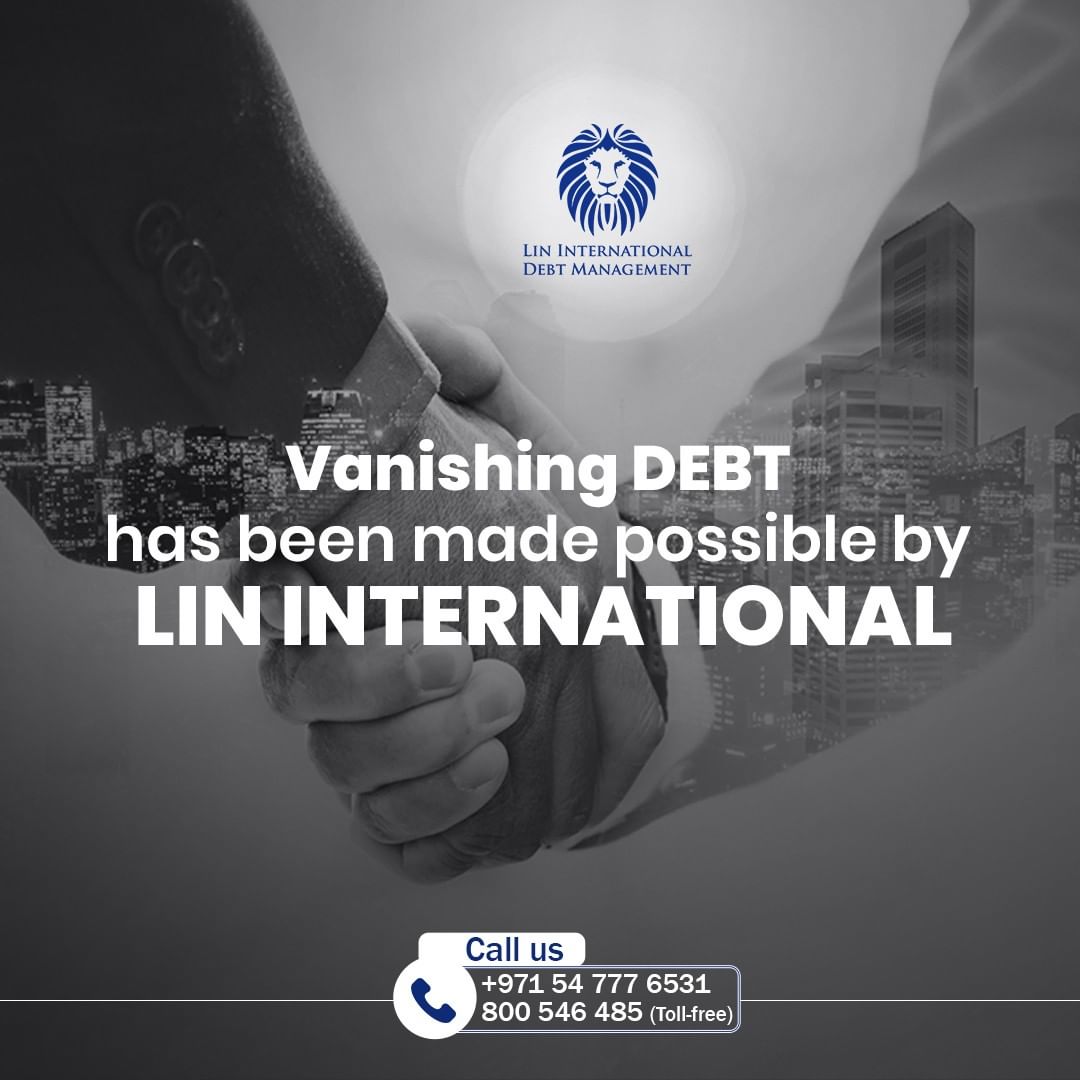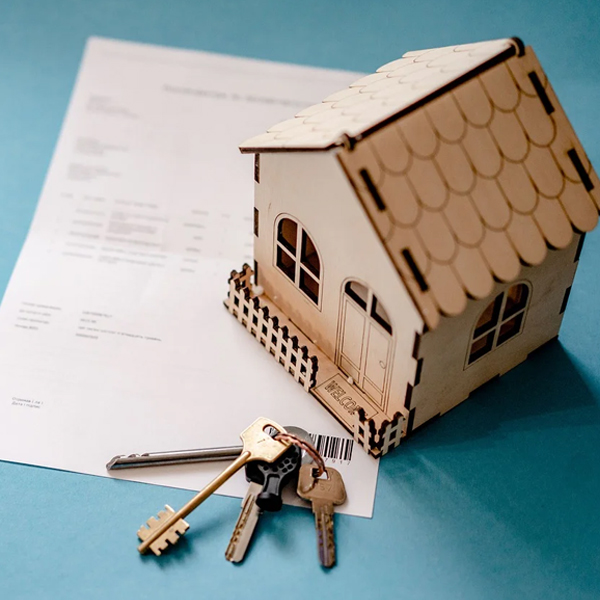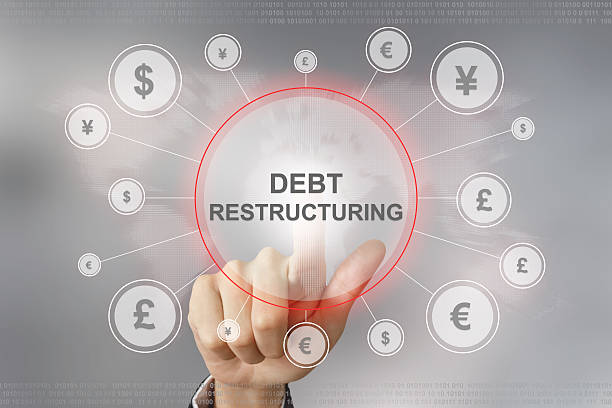Looking for a debt management firm? Dealing with debt can be overwhelming, especially in a bustling city like Dubai where the cost of living and numerous opportunities tempt us to spend beyond our means. Many individuals find themselves in financial turmoil, but don’t worry! In this blog, we will explore the ins and outs of debt management in Dubai and how it can bring you much-needed relief.
The Importance of Effective Debt Management
Effective debt management is like having a roadmap to financial freedom. It gives you the power to take charge of your money, prevent additional debt accumulation, and eventually lead a debt-free life. Debt accumulation can cause worry and anxiety, which can negatively impact your general well-being. But with a structured approach, you can regain your peace of mind and work towards a brighter financial future.
Strategies for Successful Debt Management
Assessment and Organization:
The first step is to list all your debts, including credit cards, loans, and outstanding bills. Organize them by interest rates and due dates. This clear picture will help you prioritize payments and create a budget.
Budgeting:
Create a realistic budget that covers your essential expenses and allocates extra funds to pay off your debts. Cut down on non-essential spending temporarily and direct those funds towards clearing your debts faster.
Negotiation:
Don’t hesitate to negotiate with your creditors. In Dubai, many financial institutions are open to restructuring debt repayment plans, which could lead to lower interest rates or extended payment terms.
Debt Consolidation:
Consider reducing high-interest debts into a single, lower-interest loan. This simplifies your payments and can reduce the overall interest you pay, helping you clear your debt more efficiently.
Emergency Fund:
As you work on paying off your debts, start building a small emergency fund. This ensures that unexpected expenses don’t push you back into debt.
Benefits of Effective Debt Management
Reduced Stress:
A well-managed debt plan results in fewer nights spent awake fretting about unpaid expenses. With a well-defined plan in place, you’ll be able to concentrate on other areas of your life.
Improved Credit Score:
Timely debt payments and responsible financial behavior can boost your credit score over time. This opens doors to better loan terms and financial opportunities in the future.
Financial Freedom:
Imagine the relief of being debt-free! You’ll have the freedom to allocate your hard-earned money towards investments, savings, and experiences you truly value.
Enhanced Financial Literacy:
Going through the process of debt management teaches you valuable financial lessons. You’ll develop better spending habits, money management skills, and a deeper understanding of your financial situation.
Conclusion:
Debt struggles are a typical occurrence in Dubai, but they are manageable. You can take back control of your finances, reduce stress, and pave the way for a debt-free future by adopting efficient debt management practices. Always remember that the wisest course of action on your path to financial security is to seek professional guidance when necessary. If you are searching for the best debt management in Dubai, Lin International Debt Management is the ideal choice you can make. Begin managing your debt today to open the doors to a better financial future.
















